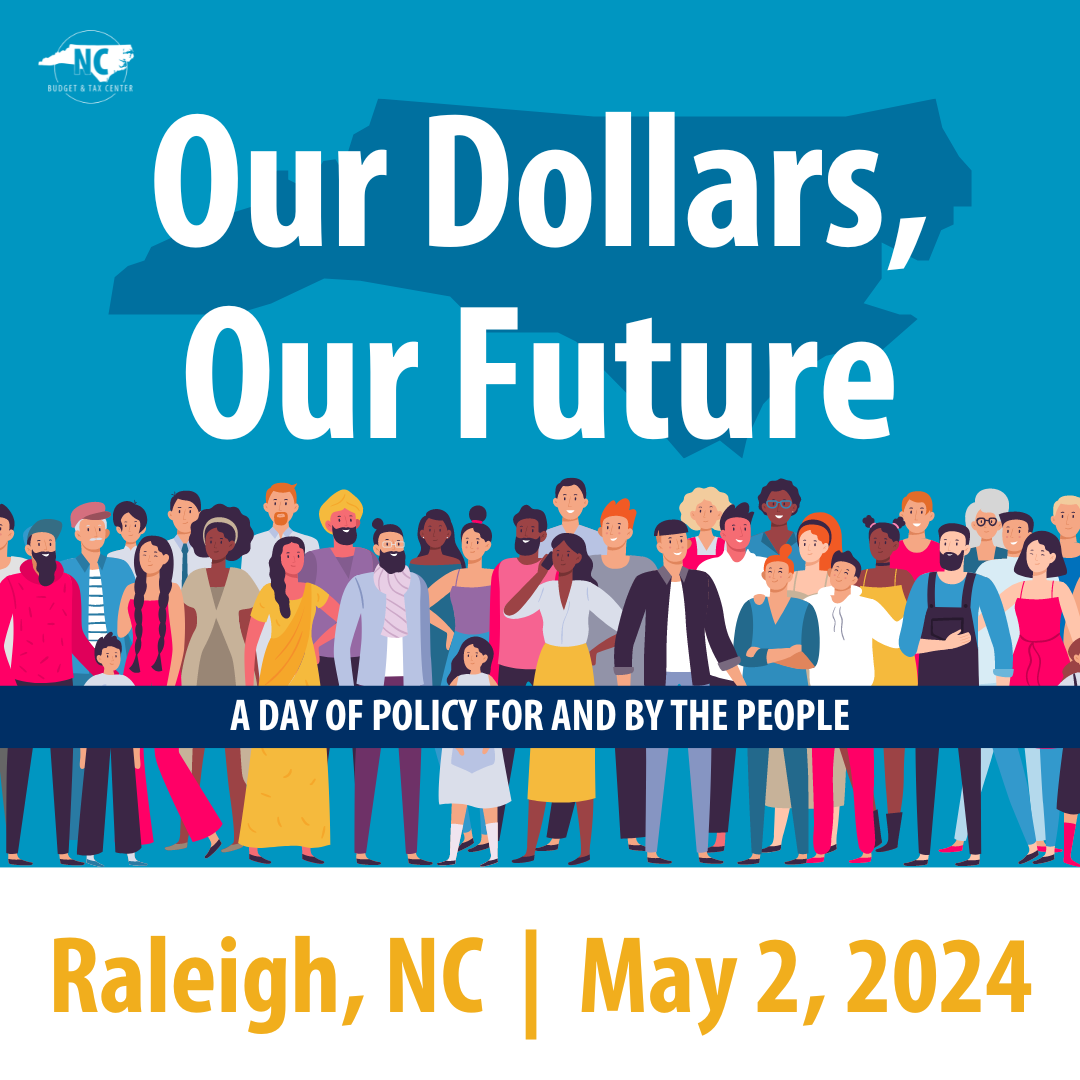
Key Sources of State and Federal Funding for Local Broadband Infrastructure and Digital Inclusion in North Carolina
North Carolina communities are poised to receive big investments in broadband infrastructure and digital equity, thanks to the passage of major federal funding through the American Rescue Plan and Infrastructure Investment and Jobs Acts in 2021. This summary provides an overview of key programs at the state and federal levels that are active or in development. To learn more, see the links to program webpages or check out the additional resources listed at the end of this summary.
Key terms and acronyms
ARPA: American Rescue Plan Act — Passed by the U.S. Congress in March 2021, ARPA is a $1.9 trillion stimulus bill focused on COVID-19 response and recovery. In addition to funds for specific programs, it provides flexible funding that state and local governments can use for a wide variety of uses. These must be obligated (meaning committed to a specific use) by 2024 and spent by 2026:
- State Fiscal Recovery Funds — North Carolina received a total of $5.4 billion in State Fiscal Recovery Funds and allocated most of those in the 2021-2023 state budget, including $663 million for broadband infrastructure projects and $50 million for digital literacy efforts.
- Local Fiscal Recovery Funds — Cities and counties receive local funding directly from ARPA. Federal guidelines permit local governments to use these funds for broadband infrastructure, but in North Carolina local governments that use these funds for broadband infrastructure outside of state programs become ineligible for key state broadband programs. (See more details below.)
IIJA: Infrastructure Investment and Jobs Act — Also known as the Bipartisan Infrastructure Law (BIL), IIJA is a $1.2 trillion federal infrastructure act passed by Congress in November 2021. It includes $65 billion for broadband and digital inclusion initiatives.
NCDIT: North Carolina Department of Information Technology — NCDIT’s Division of Broadband and Digital Equity is the lead state agency administering state programs
NTIA: National Telecommunications and Information Administration — Federal agency responsible for administering major new broadband-related programs created in the IIJA.
North Carolina State Programs
- All programs are funded through one-time federal ARPA Funds allocated in the 2021-2023 Budget. Unless otherwise noted, the specific funding source is ARPA’s State Fiscal Recovery Funds.
- All programs and grants are administered by the NCDIT Division of Broadband and Digital Equity
| Program | Description | Timeline |
|---|---|---|
| NC GREAT Grant (Growing Rural Economies with Access to Technology) | $350 million competitive grant program for private sector broadband providers to deploy last-mile broadband infrastructure to unserved areas of North Carolina. (Funded with $73 million in ARPA State Fiscal Recovery Funds and $277 million in ARPA Coronavirus Capital Projects Funds)
Eligible projects must be in economically distressed counties in areas unserved with broadband at speeds of at least 25 Mbps download and 3 Mbps upload. Counties that choose to use ARPA Local Fiscal Recovery Funds for broadband infrastructure outside of the GREAT or CAB Programs are ineligible for GREAT projects. |
Current round of applications due May 4, 2022 |
| Completing Access to Broadband (CAB) Grant | $400 million competitive grant for private sector broadband providers for broadband infrastructure construction, installation, and operation. Participating counties will work with the NC Broadband Infrastructure Office to identify eligible projects.
Projects applied for and not funded under the GREAT Grant can be considered for funding under the CAB Grant program. Counties that choose to use ARPA Local Fiscal Recovery Funds for broadband infrastructure outside of the GREAT or CAB Programs are ineligible for participation in the CAB program. |
Pilot projects awards in late summer/fall of 2022 (tentative) |
| Stop Gap Solutions Program | $90 million grant program for areas unserved or underserved with broadband after investment from the GREAT Grant and CAB Programs. This program may provide grants to internet service providers, local governments, and/or nonprofits for the provision and installation of broadband infrastructure to unserved and underserved households. | Late 2022 following the GREAT Grant and CAB Grant programs (tentative) |
| Broadband Make Ready Accelerator Program (a.k.a Broadband Pole Replacement) | $100 million in funds for a faster review of pole attachment requests and dispute resolution, as well as “make ready” costs so that utility poles can support rapid deployment of broadband in rural areas. | Fall 2022 |
| Awareness and Digital Literacy | $50 million ($12.5 million per year over 4 years) for an awareness campaign with targeted community-based efforts and digital literacy offerings. | TBD |
Federal Programs in the Infrastructure Investment and Jobs Act (IIJA)
The dollar amounts listed in the below table show total amounts of federal funding dedicated to these programs. We intend to update this resource as additional details about funding flowing to North Carolina becomes available. In general, broadband grants in the IIJA require matching state funds, although these may be waived in some cases. In North Carolina, NCDIT’s Division of Broadband and Digital Equity will be the lead agency preparing North Carolina’s plans and funding applications for federal programs that fund the state directly.
- Funding amounts show total federal funding unless specified otherwise.
- Formula funding means that all states that request funding according to program rules will receive it, and the amount of money each state receives will be determined by a formula based on needs.
- Competitive funding means applicants will be selected based on the strength of their applications, and that funding is not guaranteed.
| Program | Description | Federal agency admin. | Timeline for guidelines applications |
|---|---|---|---|
| Broadband Equity, Access, and Deployment (BEAD) State Grants | $42.5 billion in formula funding for states and territories to plan and implement high-speed internet projects in unserved and underserved areas, with a priority on high-poverty areas. States will distribute funding through a competitive grant program. Recipients who receive funding for broadband deployment must offer a low-cost plan to subscribers. Funds are primarily for broadband planning and deployment but can also be used for data collection and mapping, promoting adoption, providing internet-connected devices, and providing reduced-cost internet to multi-family housing. Each state will receive a $100 million initial allocation, with additional formula funding based on the number of unserved and high-cost locations in the state. For more details, see the National Digital Inclusion Alliance’s blog series. |
NTIA | Letters of Intent due July 18, 2022
Supplemental information due August 15, 2022 |
| Digital Equity Act | This Act within the IIJA establishes three grant programs to promote digital equity and inclusion.
Priority populations include people in households below 150% of the poverty line, veterans, aging people, incarcerated people, members of a racial or ethnic minority group, people with language barriers, people with disabilities, and rural residents. For additional details, see the Beyond Telecom Law Blog series on the Digital Equity Act and the National Digital Inclusion Alliance’s blog series. |
NTIA | See individual programs |
| State Digital Equity Planning Grant Program | $60 million formula grant program for states and territories to develop digital equity and inclusion plans. State plans must identify barriers to digital equity within the state; objectives for expanding availability, access, and affordability of broadband technology and devices; and plans for stakeholder collaboration. | NTIA | Applications due July 12, 2022
Awards expected fall 2022; states have one year to complete plans |
| State Digital Equity Capacity Grant Program | $1.44 billion formula grant program for states and territories distributed via annual grant programs over 5 years to implement digital equity plans and digital inclusion activities consistent with the plan. | NTIA | Early 2024 after states complete plans |
| Digital Equity Competitive Grant Program | $1.25 billion in competitive grants distributed via annual grant programs over 5 years to implement digital equity projects. Unlike in the Planning and Capacity Grant Programs, local governments, state agencies, non-profit organizations, tribal governments, and community anchor institutions can apply for and receive funds directly. | NTIA | Mid 2024 |
| Enabling Middle Mile Broadband Infrastructure Program | $1 billion competitive grant program to construct, improve, or acquire middle-mile infrastructure to reduce the cost of connecting unserved and underserved areas to the internet backbone. Eligible applicants include states, tribal governments, technology and utility companies and cooperatives, and nonprofit organizations. | NTIA | Spring/summer 2022 |
| ReConnect Program * |
$1.9 billion in loans and grants to build infrastructure and install equipment to provide high-speed internet service capable of delivering 100/20 Mbps service in rural communities. Eligible applicants include states, local governments, tribes, nonprofit organizations and some for-profit entities. Priority is given to projects based, in part, on the rurality of a proposed area, economic need of the community, and existing limited service. | USDA | Late summer/fall 2022 |
| Affordable Connectivity Program * | Provides direct benefits to low-income households for the cost of in-home high-speed internet. Eligible households receive up to $30 off the monthly cost of internet service and up to $75 per month for households on tribal lands, plus a one-time discount of up to $100 for a laptop, tablet, or desktop computer. For outreach materials and additional and contacts in N.C., see NCDIT’s Affordable Connectivity Program site. | FCC | Currently active |
| Tribal Broadband Connectivity Program * | $2 billion in grants to tribal governments for broadband infrastructure deployment, affordable broadband programs, distance learning, telehealth, digital inclusion efforts, and broadband adoption activities. | NTIA | Late 2022 |
* Additional funding for pre-existing programs
Learn more about federal broadband programs and how North Carolina can prepare
- NTIA: Preparing for Upcoming IIJA Notices of Funding Opportunities — A Guide for BEAD and DEA
- NTIA: IIJA Broadband Programs — Overview for State and Local Governments
- National Digital Inclusion Alliance: 2022 Federal Digital Inclusion Policy Cheat Sheet
- The White House: Bipartisan Infrastructure Law Guidebook (aka IIJA Guidebook)

